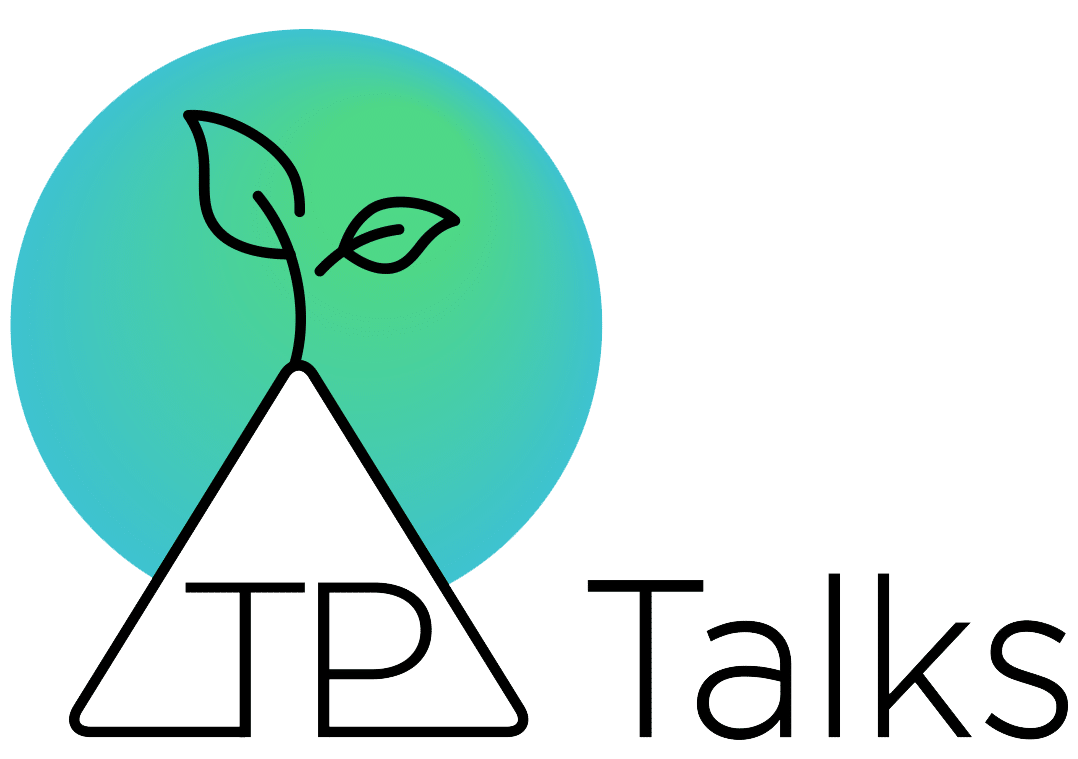During any company merger, there’s a growing focus on encouraging Talent mobility towards international job opportunities. Two main strategies come into play: overseas assignments and job rotations.
What are Overseas Assignment and Job Rotation?
An overseas assignment means sending Talent to work in a different country for a specific period to take advantage of global opportunities and enhance the company’s overall effectiveness. On the other hand, job rotation involves Talent moving through various roles within or across departments, allowing them to develop new skills and gain a broader understanding of the business.
The Advantages and Challenges
When it comes to overseas assignments, the benefits include global exposure, enriched skills, and contributing to organizational growth. However, challenges such as significant relocation costs, the high rate of expat ending the assignment sooner and ensuring effective use of gained skills upon return need consideration.
As for job rotations, the advantages include skill diversification, talent retention, and fostering cross-functional collaboration. Challenges involve precision in implementation and the potential for a temporary dip in productivity.
What is the next step?
Moving forward, it’s essential to conduct a thorough assessment to identify Talent with the potential for international mobility. Aligning overseas assignments and job rotations with the post-merger organizational strategy is crucial. Effective communication about the benefits and expectations of international mobility programs is key, accompanied by providing necessary training and moral support to enhance skills crucial for success.
My Point of View:
In the context of mergers, leveraging internal Talent through job rotations offers a smooth transition by tapping into existing organizational knowledge. While overseas assignments bring global perspectives, strategic use of job rotations can ensure a continuous flow of skills without significant disruption.
Encouraging a culture of continuous learning becomes pivotal, inspiring Talent to see international mobility as an opportunity for personal and professional growth. Fostering collaboration between HR, managers, and recruiters is equally important to identify the best-fit talent for overseas assignments and job rotations. Finally, empowering Talent by providing resources and support ensures a smooth transition (before & after) into new opportunities. In conclusion, optimizing Talent through overseas assignments and job rotations during a merger demands a strategic and thoughtful approach, creating a harmonious and growth-oriented post-merger environment.
Sources:
Harvard Business Review: 5 Tips for Managing Successful Overseas Assignments by Molinsky & Hahn (2016)
Forbes : The Benefits And Challenges Of Job Rotation By Leddy (2017)
Shiftbase: Job Rotation: An Effective Strategy for employee Growth by Vreede (2024)


